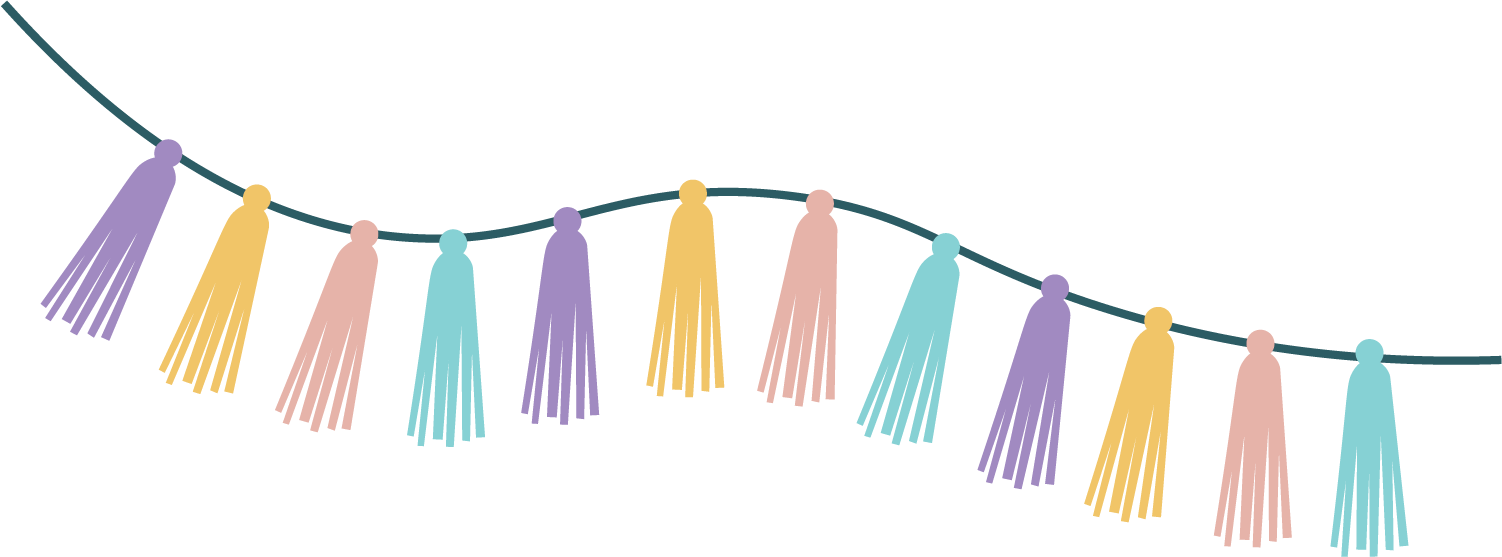
Children with autism don’t learn by observing or imitating those around them. This makes it easy for them to become overwhelmed in new or complex situations.
Social stories, first developed by Dr. Carol Gray in the 1990s, introduce different scenarios to children with autism in order to explain how to cope with and respond to unfamiliar situations.
Social stories help your child prepare for birthday parties, dentist appointments, or interacting with their peers. Read on to learn about social stories for kids with autism and how they benefit your little one’s development.
What Are Social Stories?
Social stories are the tool of choice when it comes to teaching children with autism about new experiences. They model typical social behavior in a variety of settings, including home, school, supermarkets, and during play time.
Any social situation can be fit into a social story to help soften the interactions and events your child will encounter.
Using social stories your child walk through interactions by pointing out details in the setting, what usually happens in that setting, and the actions and behavior expected in that setting.
People with autism don’t use social cues (body language, facial expressions, eye contact, gestures, etc.) to interact with the people around them.
By reading these narratives multiple times, your child can learn to look for the social cues they would typically miss and respond appropriately.
Good social stories meet the following criteria:
- Share accurate and literal information in a descriptive, meaningful, and supportive way.
- Understand the child with autism and their attitude towards the scenario or concept being introduced.
- Include a title, introduction, body, and conclusion that summarizes the story.
- Use first or third-person perspective with positive language and tone.
- Answer who, what, where, when, why, and how questions.
- Include descriptive sentences and directive sentences.
- Prioritize describing more than directing.
- Review and refine your story before using it.
- Plan before writing, monitor outcomes and responses, mix and match different stories as needed, and provide direction and praise.
- Include at least 50% praise or applause for your child.
Components of a Social Story
There are seven basic types of sentences used in the construction of a social story. Keeping it short and simple helps your child understand the core of what the social situation is about, what other people will say, and why it is best for them to respond in a certain way.
1. Perspective Sentences
These describe another person’s perspective or their internal state. It can include their feelings, thoughts, beliefs, motivations, opinions, knowledge, and/or their physical condition.
Example: “My sister likes to dance.” (feeling)
“My mother thinks broccoli is yummy.” (opinion)
2. Descriptive Sentences
These explain why a social interaction is taking place. This is a factual, observable sentence that steers clear of opinions or assumptions. They are the most frequently used sentence type in social stories.
Example: “Families go to the supermarket to buy food.”
3. Directive Sentences
These explain how your child can respond positively to a situation, either verbally or with different actions. They gently direct your child towards a manner of behaving. They must allow room for mistakes or errors. They include phrases such as “I will try to___“ or “I will work on ___”.
Example: “I will try to pack away my toys after I’m finished playing.”
“I may play on the monkey bars or in the sandpit at my school.”
4. Control Sentences
These are written by your child after hearing the story. They help your child identify strategies they utilize to remember how to respond.
Example: “I need to pack away my toys after I’m finished playing so no one trips.”
5. Affirmative Sentences
Affirmative sentences reinforce the meaning of statements. They highlight commonly shared values or opinions, as well as rules or laws. They can also reassure your child.
Example: after saying that most people eat dinner before dessert, saying “This is a good idea.”
6. Cooperative Sentences
Cooperative sentences help children with autism understand the role other people play in different scenarios.
Example: “The street has many cars. My parents can help me to cross the street safely.”
7. Partial Sentences
These help your child practice figuring out the ideal response to various scenarios. They will fill in the blank using their understanding of the situation.
Partial sentences are typically used only once your child has a strong understanding of social situations and is comfortable responding to a variety of different interactions.
Example: “My brother will probably feel ____ if I play with his toys without asking his permission first.”
Benefits of Social Stories
The goal and benefit of social stories is that your child with autism learns to relate to others. By using a social story to show them what a typical interaction looks and sounds like, they will be better prepared to face unfamiliar situations and complex social interactions.
Social stories support learning about social norms, growing empathy and compassion, and reducing your child’s anxiety in new places or groups.
How to Write Social Stories for Kids With Autism
A helpful social story has a specific intended goal. It is there to model and target a desired behavior. To write your own social story for your child, keep the following tips in mind:
Be Descriptive
For a social story to be effective, it needs to cover all the bases of the specific scenario. Make sure it answers where, when, who, what, why, and how questions.
Simple, But Interesting
Using simple, accessible, and age-appropriate language ensures your child follows the story. Write about situations they are likely to encounter at their age to stay relevant and useful.
Positive Language
Social stories are a learning tool. Keep your child engaged and interested by using positive and encouraging language.
Your child might not catch on and behave differently right away. Stay patient and gentle – these things can take time!
Help Children With Autism Develop Social Skills Using Social Stories
Children with autism are capable of learning most social norms – it just takes a helping hand and some time. Creating social stories for kids with autism gives them the tools they need to take on the world confidently.
Early intervention programs and ABA therapy are other helpful tools for your child’s social development. If you’re looking for long-term, positive results delivered in a patient and caring setting, Dream Big is the children’s center for you and your child. Contact us today and give your child with autism the best possible care!


